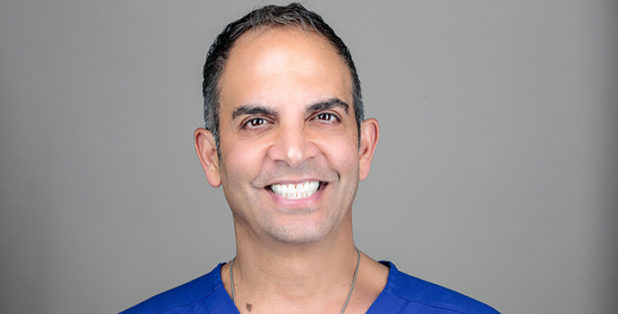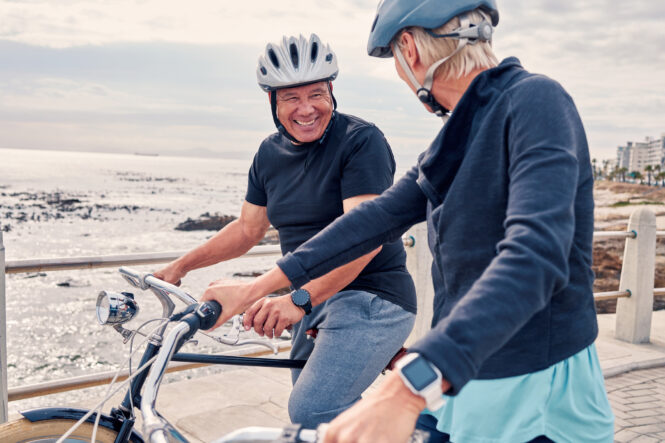Foot and ankle surgeon, Dr. Robert Joseph, specializes in treating injuries to ligaments, tendons, and bones. When possible, he uses minimally invasive techniques and cutting-edge solutions created by Anika that address issues such as Big Toe Arthritis, hammertoes and other abnormalities. Dr. Joseph specializes in the prevention and treatment of arthritis, common sports injuries, plantar fasciitis, and Achilles tendon tears, as well as bunions and corns.
We invited readers to submit questions to Dr. Joseph about foot and ankle problems and solutions. Here are some of the questions and his responses:
What are the most common issues patients come to you with?
The number one, most common issue patients come to me with is plantar fasciitis, a condition that causes inflammation on the bottom of the heel. The second most common issue is a tie between bunions or ankle sprain-type injuries. Finally, the fourth most common issue patients come to me with is generalized pain, more specifically toe pain and arthritis.
Are there certain issues you see frequently in young people? Others you see frequently in older people? Are some of these preventable?
A significant issue I see often is injuries related to working out. With so many people stuck inside due to the pandemic over the last two years, people are taking advantage of being able to go back into the gym again. As a result, patients who begin working out after a long period of not working out come to me with ankle sprains, torn tendons, big toe joint pain, etc. These injuries are most common among people in their 40s and 50s, and they are actively looking to avoid a toe fusion.
Do you have any general recommendations about how to get the right athletic shoes for the type of exercise or sport you do?
I instruct my patients to always have a good insole in their shoes. I’m not too picky with shoe brands, but I recommend a good insole. The insoles you buy at the store can be iffy, since they only correct one plane of motion instead of correcting three planes of motion. Insoles purchased directly from a doctor’s office, or a store dedicated to physical rehabilitation are generally more effective. I’m also not a huge fan of getting a shoe specially fitted as it has little benefit for the patient.
Can you talk about some of the latest and greatest innovations in foot and ankle surgery – both techniques and products like implants?
Anika’s toe implants, like the ToeMotion and Toe HemiCAP DF, provide great patient benefits, such as little to no activity restrictions and an increased range of motion following surgery and recovery. I’ve yet to have any issues with them and I’ve never had to remove them from a patient. Another highly innovative procedure is minimally invasive ankle stabilization. Using FiberWire, the procedure only takes 10 minutes, with the patient walking the next day. Furthermore, I want to point out that just because you have an implant in your foot, it doesn’t mean you’re going to be precluded from other activities. For example, if you’re a runner and need an implant in your foot, by no means is your running career over. The innovative joint preservation implants, like the toe implants mentioned above, allow patients to continue exercising post-surgery and gives them the opportunity to keep their overall health at a satisfactory level. The stigma that an implant will lead to a sedentary lifestyle is a complete fallacy. This is crucial for patients to understand.
I’ve read your blog post on how UGGS can be tough on your feet if you wear them too often. Are there other types of footwear to avoid?
Crocs. Like UGGS, patients find crocs highly comfortable. While they may feel comfortable, they grant you almost no support and even cause ingrown toenails because when wearing crocs, the patient’s toes are sliding up against the edge of the shoe because there’s no contour. Another shoe that provides no support is the barefoot sneaker for running. There’s no support for your tendons or ligaments.
How many years can you function with a big toe implant from Anika?
My longest patient is eight years and counting.
What are some care tips for feet and ankles to avoid problems down the line?
Having an authentic insole can make a big difference. The insole allows the patient’s body to align with the bones of the foot, which stops abnormal wear and tear, forcing the joints out of the structure. Again, seeing your local podiatrist can be helpful, as they can make a mold of your foot and then have a custom insole made.




